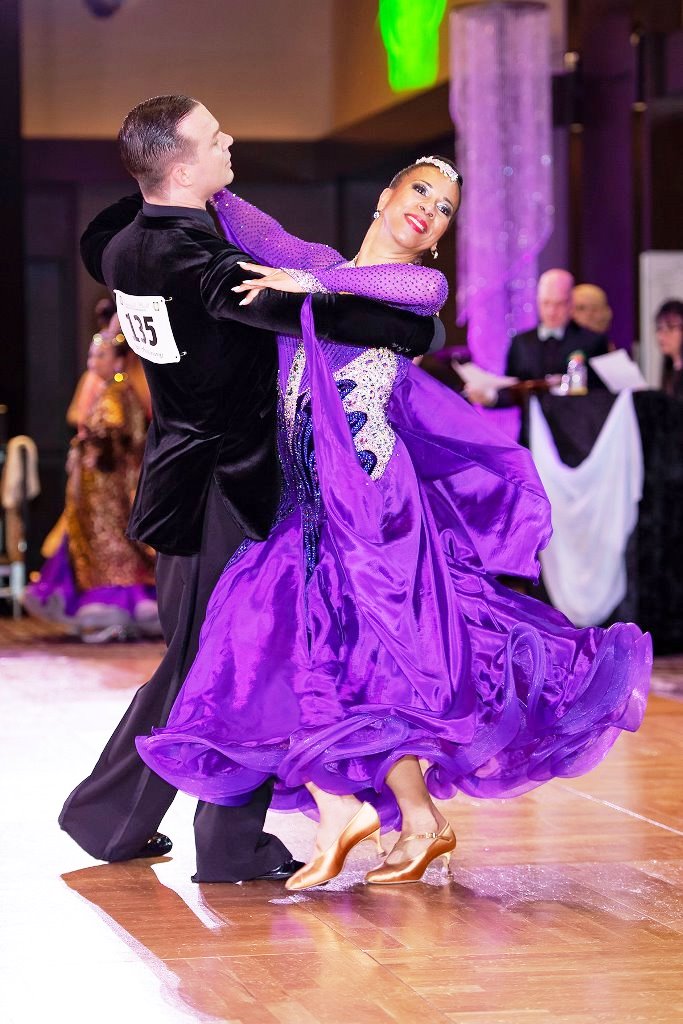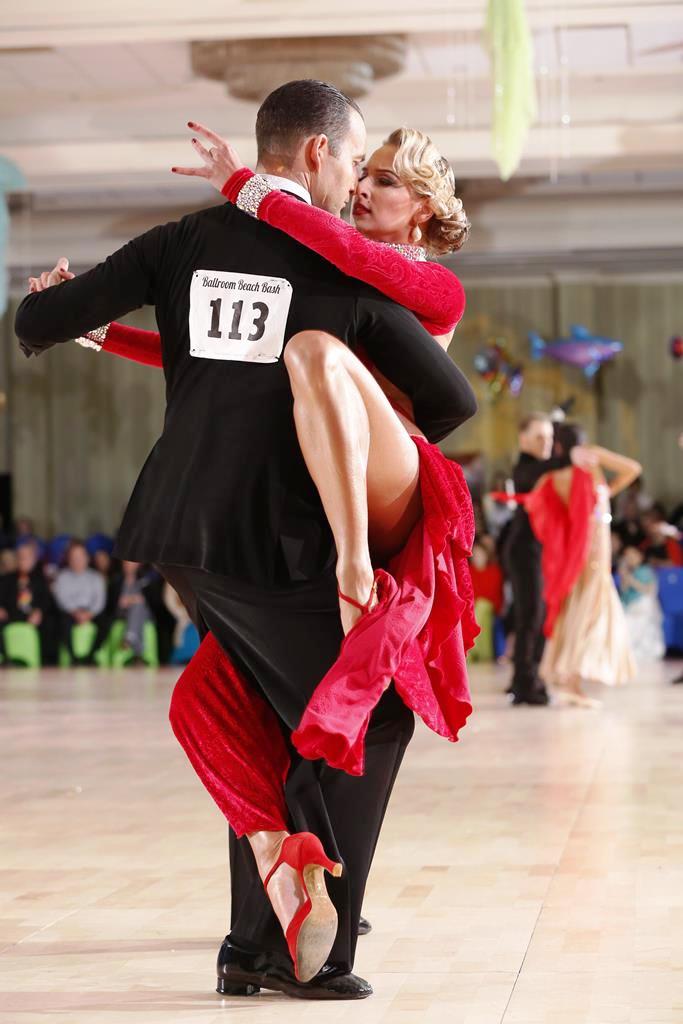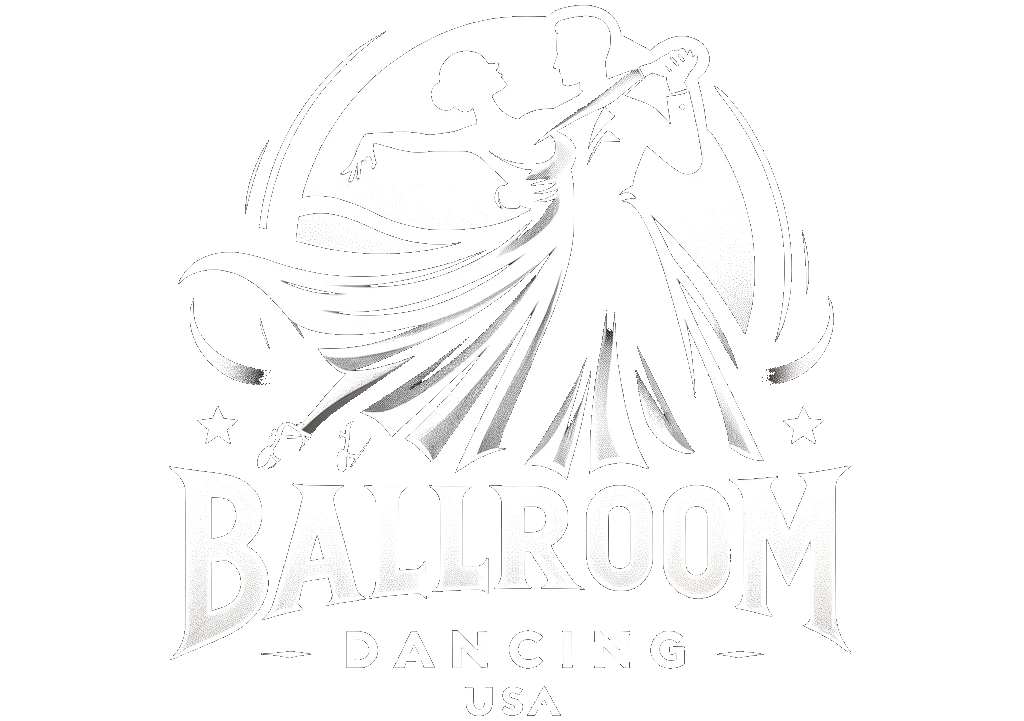
1. Introduction
Introduction
Ballroom dancing is an art form that has been enjoyed by people around the world for centuries. In the United States, ballroom dancing has a rich and varied history, with many different styles that have developed over the years. From the classic waltz and foxtrot to the energetic swing and tango, each style of ballroom dancing has its own unique set of moves and techniques. In this article, we’ll explore the different styles of ballroom dancing that are popular in the United States, as well as the history and evolution of each style.
a. Definition of ballroom dancing
Definition of Ballroom Dancing
Ballroom dancing is a form of partnered social dancing that is characterized by graceful, flowing movements and a connection between the two partners. It is often done in a formal setting, such as a ballroom or dance studio, and is performed to music. Ballroom dancing is typically performed by couples, although there are some styles that can be done solo or in a group. Ballroom dancing is an art form that has been around for centuries, and it is a popular form of entertainment in the United States.
b. Overview of different styles of ballroom dancing
Overview of Different Styles of Ballroom Dancing
Ballroom dancing has been a popular form of dance for centuries, and it has evolved over the years to include many different styles. In the United States, the most popular styles of ballroom dancing are:
American Smooth
American Smooth is a style of ballroom dancing that originated in the United States. It is characterized by its smooth, flowing movements and includes dances such as the waltz, tango, and foxtrot.
American Rhythm
American Rhythm is a style of ballroom dancing that is characterized by its fast-paced, energetic movements. It includes dances such as the cha-cha, rumba, and East Coast swing.
International Standard
International Standard is a style of ballroom dancing that is characterized by its precise and elegant movements. It includes dances such as the waltz, tango, and foxtrot.
International Latin
International Latin is a style of ballroom dancing that is characterized by its passionate and energetic movements. It includes dances such as the cha-cha, samba, and jive.
2. History of Ballroom Dancing in the United States
History of Ballroom Dancing in the United States
Ballroom dancing has been a part of American culture since the late 19th century. During this time, the popular dances of the day were minuet, quadrille, and waltz. In the early 20th century, ballroom dancing was popular among the upper classes and was seen as a way to display wealth and sophistication.
The Rise of Social Dancing
By the 1920s, the popularity of ballroom dancing had grown to include the working class. This led to the development of the popular social dances of the era such as the Charleston, the Lindy Hop, and the Foxtrot. These dances were often performed in public venues such as dance halls, clubs, and even on the streets.
The Decline of Ballroom Dancing
In the 1950s, rock and roll music began to take over the popular music scene and ballroom dancing began to decline in popularity. The rise of television and other forms of entertainment also contributed to the decline. However, ballroom dancing did not disappear completely.
The Resurgence of Ballroom Dancing
In the 1980s, ballroom dancing experienced a resurgence in popularity due to the popularity of films such as “Dirty Dancing” and “Strictly Ballroom”. This led to a renewed interest in ballroom dancing and it became popular again. Today, ballroom dancing is still popular in the United States and is seen as a fun and exciting way to socialize and stay fit.
3. Popular Ballroom Dancing Styles in the United States
Popular Ballroom Dancing Styles in the United States
The United States has a rich history of ballroom dancing, with many different styles practiced in different parts of the country. Here are some of the most popular ballroom dancing styles in the United States.
Waltz
The Waltz is a smooth, graceful dance that originated in Europe in the 18th century. It is characterized by a slow, steady rhythm and a rise and fall motion. The Waltz is still popular in the United States and is often seen at weddings and other formal events.
Foxtrot
The Foxtrot is a popular ballroom dance that was created in the early 20th century. The Foxtrot is characterized by a smooth, gliding motion and is usually danced to jazz or swing music. It is a very versatile dance, and can be adapted to a variety of tempos and styles.
Tango
The Tango is a passionate and romantic dance that originated in Argentina in the late 19th century. It is characterized by sharp, staccato movements and is usually danced to a slow and sensual rhythm. The Tango is popular in the United States and is often seen at dance competitions and social events.
a. Waltz
Waltz
The Waltz is one of the oldest and most beloved ballroom dances in the United States. It is a romantic, graceful, and flowing dance, in 3/4 time, that is often danced to classical music. The Waltz is a progressive dance, meaning that the couple moves in a circular motion around the dance floor.
The Waltz is made up of three steps – the forward step, the side step, and the backward step – that are taken to a one-two-three rhythm. The man typically leads the woman in a counterclockwise direction, and the couple should strive to keep their bodies in constant contact with each other.
Variations
There are many variations of the Waltz, including the Viennese Waltz, the American Waltz, the International Waltz, and the Slow Waltz. Each of these variations has its own unique set of steps and movements.
b. Foxtrot
Foxtrot
The Foxtrot is a smooth, progressive dance that originated in the 1910s in the United States. It is danced to music in 4/4 time, and is characterized by its long, continuous flowing movements across the dance floor. The Foxtrot is often considered the most popular of all the Ballroom dances, and is a favorite for social and competitive dancers alike.
The Foxtrot is a partner dance that is danced in a closed position, with the partners facing each other and their arms around each other. The basic step of the Foxtrot is a slow-quick-quick pattern, and the dance is characterized by its smooth, gliding movements. The Foxtrot is often danced to swing music, but can also be danced to popular music, such as jazz and blues.
Foxtrot Variations
The Foxtrot can be danced in a variety of different styles, including the American Foxtrot, the International Foxtrot, and the Smooth Foxtrot. The American Foxtrot is a slower version of the Foxtrot, and is characterized by a slower tempo and a more relaxed style of dancing. The International Foxtrot is a faster version of the Foxtrot, and is characterized by a faster tempo and a more precise style of dancing. The Smooth Foxtrot is a combination of the American and International Foxtrots, and is characterized by a combination of slow and fast tempos and a mix of both relaxed and precise styles of dancing.
c. Tango
Tango
Tango is a passionate, dramatic dance that originated in Argentina and Uruguay. It is characterized by sharp, staccato movements, and a close embrace between the two dancers. In the United States, there are two main styles of Tango: American and International.
American Tango
American Tango is the more popular of the two styles, and is danced in a closed embrace, with the dancers’ feet close together. The dance is characterized by its smooth and flowing movements, with the dancers taking small steps and using quick turns.
International Tango
International Tango is the more traditional of the two styles, and is characterized by its slower, more dramatic movements. The dancers use long, sweeping steps, and the embrace is more open than in American Tango. This style is often used in competitive ballroom dancing.
d. Rumba
Rumba
Rumba is a slow and romantic Latin-American dance that originated in Cuba. The dance is characterized by its sensual hip movements, which are often referred to as “Cuban motion”. Rumba is the slowest of the Latin-American dances and is usually danced to slow, romantic music.
The basic step of the Rumba is a box step, which consists of two steps forward, two steps to the side, two steps back, and two steps to the side. This is repeated throughout the dance. The steps are often combined with hip movements, which add to the sensuality of the dance.
American Rumba vs. International Rumba
In the United States, the Rumba is usually danced in the American style, which is slightly different from the International style. The American style is more relaxed and less structured than the International style. It also has a more improvisational feel to it.
In the International style, the steps are more precise and the hip movements are more exaggerated. This style is more popular in Europe and Latin America.
No matter what style of Rumba you choose to dance, it is sure to be a romantic and sensual experience.
e. Swing
Swing
Swing is an upbeat and energetic style of dance that originated in the 1920s. It is a partner dance, usually danced to jazz, blues, or rock music. Swing is popular in the United States and can be seen in many dance clubs.
Swing is known for its improvisational style, which allows the dancers to move freely and express themselves. The basic steps of swing consist of a triple step and a rock step. The triple step is a quick three-count pattern and the rock step is a slower two-count pattern.
Swing has several different variations including the Lindy Hop, East Coast Swing, West Coast Swing, and Jive. Each variation has its own unique style and steps.
Swing is a great way to have fun and get some exercise. It is a very social dance and can be enjoyed by all ages.
4. Regional Variations of Ballroom Dancing in the United States
Regional Variations of Ballroom Dancing in the United States
The United States is home to several regional variations of ballroom dancing. These regional styles may differ in their music, costumes, and even the steps used. Here are four of the most popular regional variations of ballroom dancing in the United States:
1. West Coast Swing
West Coast Swing is a smooth, improvisational style of swing dance that originated in California in the 1930s. This style of dance is characterized by its six-count basic step and its use of a “slotted” pattern. It is danced to a variety of music, including blues, jazz, and pop.
2. East Coast Swing
East Coast Swing is a faster, more energetic style of swing dance that originated in New York in the 1940s. It is characterized by its eight-count basic step and its use of a “triple-step” pattern. It is typically danced to faster music, such as rock and roll.
3. Texas Two-Step
The Texas Two-Step is a country-western style of ballroom dance that originated in Texas in the 1950s. It is characterized by its four-count basic step and its use of a “rocking” pattern. It is typically danced to country-western music.
4. Salsa
Salsa is a Latin-American style of ballroom dance that originated in Cuba in the 1960s. It is characterized by its eight-count basic step and its use of a “cross-body” pattern. It is typically danced to Latin-American music, such as salsa, merengue, and bachata.
5. Benefits of Ballroom Dancing
Benefits of Ballroom Dancing
Ballroom dancing has many physical and mental benefits. Physically, it helps improve posture, balance, and coordination. It also helps to strengthen muscles, reduce stress, and increase flexibility. Mentally, it helps improve concentration, memory, and problem-solving skills. Additionally, it is a great way to socialize and make new friends.
Physical Benefits
Ballroom dancing is a great form of exercise that helps to strengthen muscles, increase flexibility, and improve balance and coordination. Additionally, it can help reduce stress and improve posture.
Mental Benefits
Ballroom dancing can help to improve concentration, memory, and problem-solving skills. It is also a great way to socialize and make new friends.
6. Conclusion
Conclusion
Ballroom dancing is a popular form of dance that has been around for centuries. In the United States, different styles of ballroom dancing have emerged, each with its own unique flair and flavor. From the classic elegance of the Waltz to the fiery passion of the Salsa, there is something for everyone. Whether you are looking for a fun hobby or a competitive activity, ballroom dancing can offer a lifetime of enjoyment. With its diverse range of styles, you can find a dance that suits your individual tastes and needs. So get out on the dance floor and start having fun!





